From a terrestrial perspective, it is easy to convince yourself that America is fairly domesticated these days. Big cities are ubiquitous, and traffic can seem suffocating. However, climb up a few thousand feet, and everything looks quite different. Airplane survival techniques become crucial in such vast expanses.
The US is absolutely enormous. During World War 2, many German POWs were housed in camps on the West Coast. They were transported across the country by train. Some of these captured Axis troops were convinced that these trains were traveling in circles through the Great Plains. They simply could not believe a country could be this big.
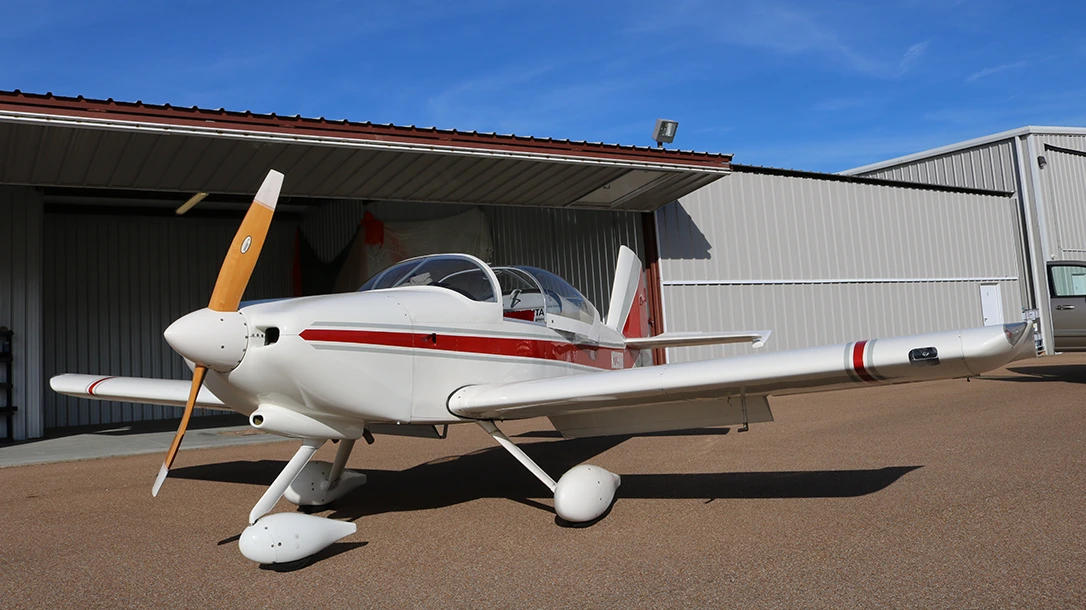
The Basics of Airplane Survival
A great deal of our great nation remains rugged and undeveloped even today. Most of the Deep South is still heavily wooded forests. There is a fair amount of agriculture, but roads and communities comprise but a small portion of the overall land area. Much of the rest of the country is the same way.
Out West in the mountains, civilization can be quite rare. Particularly if one is flying rather than driving, it does not take a great deal of imagination to visualize a circumstance under which you might find yourself in a genuine survival situation. Airplane survival knowledge can be vital when traversing such remote areas. When it comes to aviation, a little preparation can make the difference between living and dying.
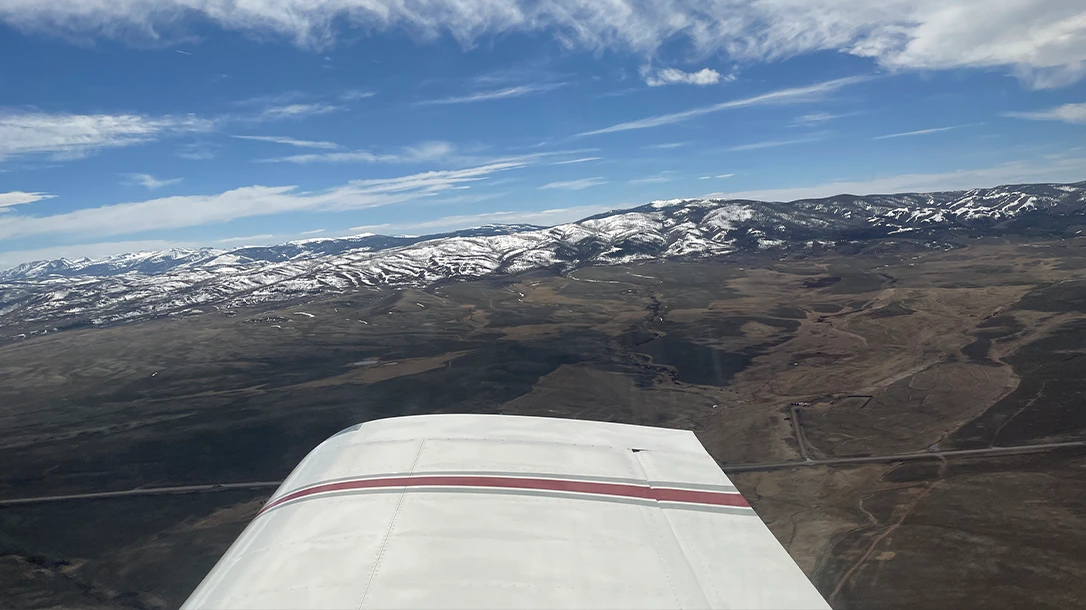
Footwear Fundamentals
Whether you’re riding in a Cessna or an Airbus, it is important to pay attention to what you have on you. That starts with proper footwear. I always fly in boots, even when traveling commercial. Modern combat boots don’t look weird with a pair of 5.11s, and they’re easy to get on and off in security. Watching those sweet college coeds traipsing through the airport in flip-flops always makes my skin crawl.
Modern airliners are fairly comfortable. The seats are clearly designed around legless amputees, and you have to pay extra for absolutely everything. However, the temperature is usually pretty nice, and there’s a bathroom onboard. However, now imagine that same airplane cabin upside down and filled with smoke, jagged metal, and wet, slippery stuff you’d sooner not dwell on unduly. To get out of that thing in a timely fashion, you’ll need some decent footwear. That applies every time you leave the ground, where airplane survival becomes a priority.

Fly the Friendly Skies
Ours is a nation of 328 million people. We have around 691,000 licensed pilots. There are 304,337 general aviation aircraft registered with the FAA. On any given day, there are upwards of 45,000 flights in the US. That’s a whole bunch of airplanes.
I personally maintain a spiffy little homebuilt fighter plane that will get me from place to place at around 180 mph. Statistically speaking, the only really dangerous part about flying is the drive to the airport. However, there yet remains the possibility that one of those complex machines might fail and strand you someplace austere, making airplane survival tactics essential.
In 2023, there were 1,216 aviation accidents involving US-registered civilian aircraft. 199 of those involved fatalities. That means in that one year, there were more than 1,000 survivable plane crashes in the United States. I don’t ever expect to crash my plane. However, if I do, I plan on being one of the survivors. As a result, if you fly in a small plane it is wise to invest a little effort in some survival gear, which is key to successful airplane survival.
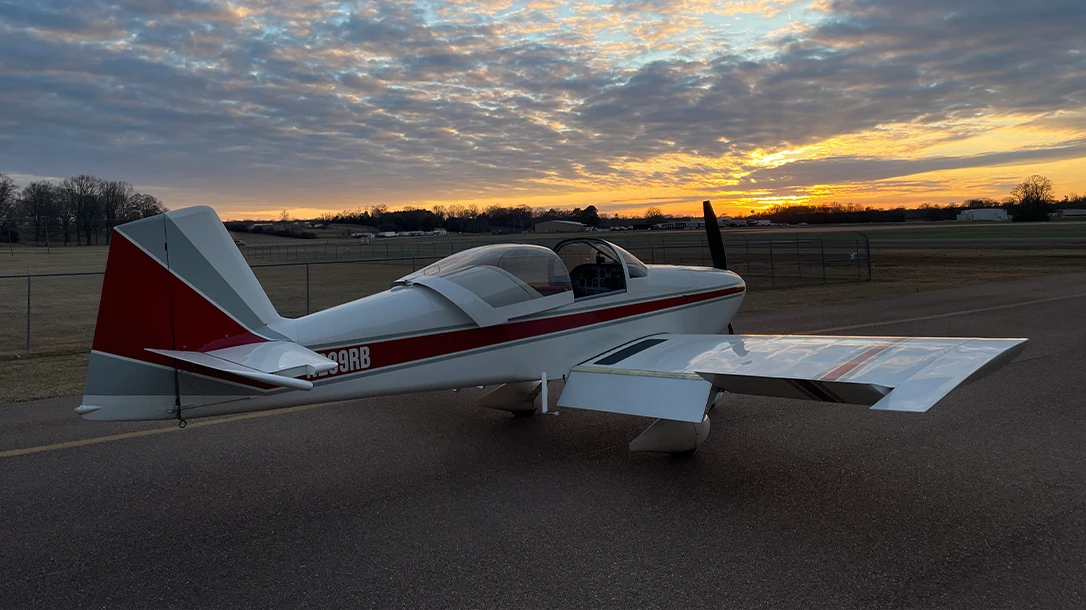
Comms
Most airplanes are pretty cramped. Also, unlike your family SUV, weight is always an issue. As a result, when scheming out an airborne survival kit you need to keep it small and light.
I designed my kit based upon the mission. I obviously always fly with my phone. The ADS-B system makes it easy for anybody to keep track of the location of any airplane with an appropriate transponder online in real time. Additionally, all proper general aviation airplanes will have an ELT (Emergency Locator Transmitter). Ideally, if you go down someplace, somebody is going to know about it. However, you may yet have to keep body and soul together for a while until the cavalry arrives. That means food, water, and shelter.
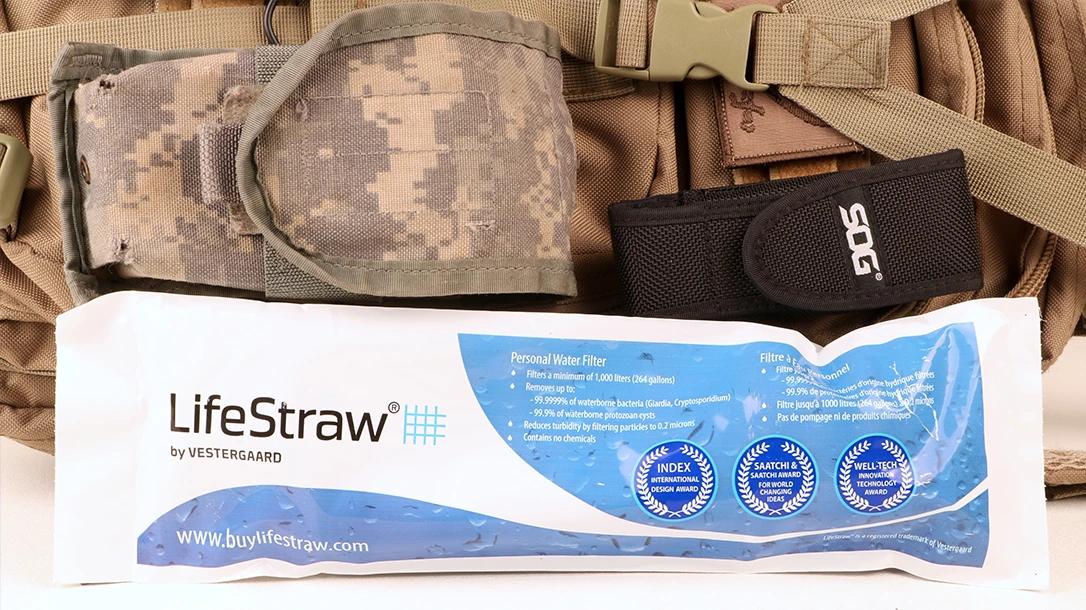
Details
I keep a little shelf-stable survival food in my airplane. However, in a pinch, you can make it a month without food.You’ll be svelte and grouchy, but you should still be alive. Food isn’t the issue. Water, however, is critical.
I always fly with a little bottled water. I also keep a few packets of survival water handy. Additionally, I always fly witha decent water filter.
I have lived for weeks at a time in the Alaskan bush using a water filter. These compact, lightweight little contrivances will render most any raw water source drinkable. The simplest of the lot are little more than souped-up straws. So long as there is a natural water source nearby, these will keep you hydrated.
You’ll need to stay warm and dry. That means at least two different independent ways to make fire, a knife or multitool,and a space blanket or three. Mylar space blankets, in concert with a little nylon trotline, can be used to make a lean-to, an improvised sleeping bag, or an impermeable ground cover. Disposable plastic tents are also cheap and collapse to about nothing.I keep a power bar in my ruck to help recharge my phone. However, keeping that thing spunky when I don’t fly for a while takes some discipline.
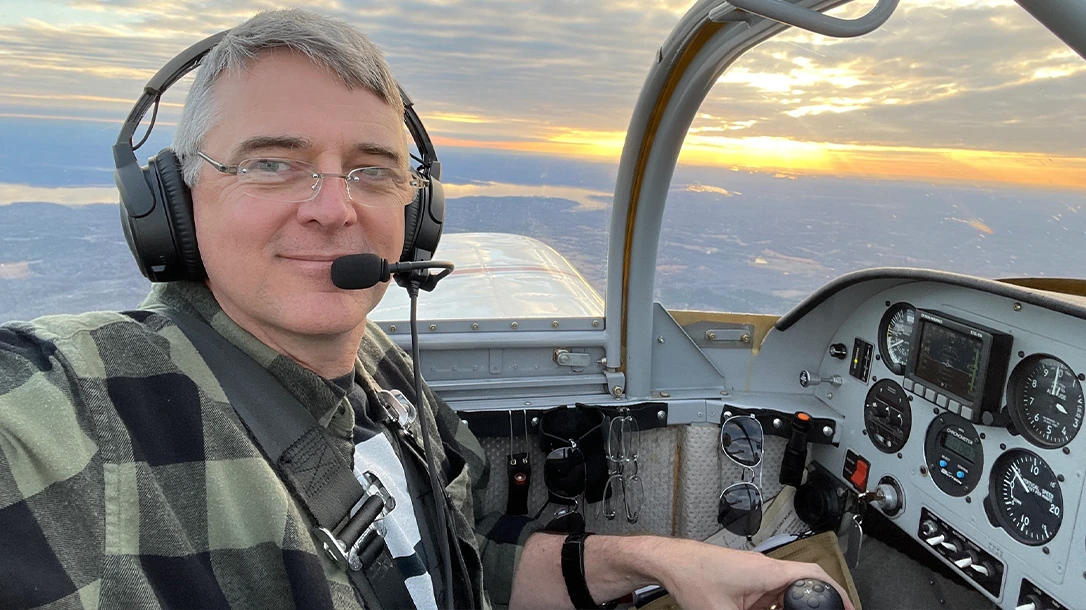
Ruminations
Everything else is fluff. If I’m flying in the winter, I pack a compact sleeping bag. Flying with a buddy means you’ll need enough for two. The same basic concepts can be applied to a survival kit for your car as well. Plastic flare pistols are cheap at Walmart.
Ideally, you’ll never even touch that stuff. If you expected to crash, you’d just stay home. However, if you do, then that trivial bit of preparation can make a huge difference when facing airplane survival.






















